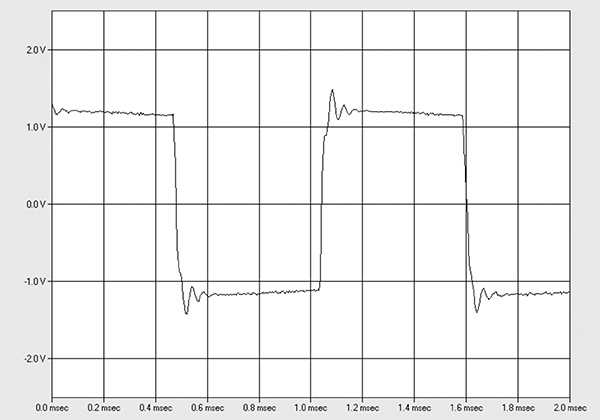Why were you reading that?In Stereophile's review of the Mastersound 845 Compact integrated amplifier, which is a tube amp, editor in chief Jim Austin is once again publicly disagreeing with a reviewer; this time it's John Atkinson.
Basically, the TL;DR is that in the measurements section of the review, Atkinson (JA1) qualifies his comments by saying -- I paraphrase -- that he's commenting on its performance as a tube amp, with the recognition that tube amps don't perform as well as solid state. He adds the following explanation in the article's comments section: "When I write 'The amp performs along the lines of what one would expect for a tube amp with zero negative feedback,' the measured performance predicts departures from a neutral sonic character that will be audible."
To which Jim Austin (JA2) responds:
I just want to make it clear that the opinion expressed by JA1 here, though very well-supported, is not universally shared.
It's true--no one connected with reality can deny it--that certain features in old-school tube amps cause departures from neutrality, especially with loudspeakers with impedance curves that drop below, let us say, 4 ohms, which is most modern loudspeakers. No one can deny it because they are measurable at clearly audible levels. But there's another school of thought--embraced by certain other Stereophile writers--that believes that something less tangible is retained in some such amplifiers that is lost in demonstrably more accurate ones. Such opinions are based on subjective experience--self-perceived connection with the music. This makes them literally irrefutable-- they cannot be tested objectively, so they cannot be contradicted, which is annoying--yet (and this is my opinion, as the magazine's editor), in a magazine committed to subjective experience--to listening--above all else, such opinions must not be dismissed out of hand.
Edit: I thought I should add that the opinions/beliefs I'm referring to are held by many of the most experienced, devoted, passionate audiophiles. I do not take that lightly.
Jim Austin, Editor
Stereophile
Still sticking to the "some things can't be measured" trope.
Why am I reading this?
Must have too much time on my hand!




